Herbal Mix: Wildflower Kumbaya Blend
Desde € 6,05 Incl. VAT
Exude a myriad of pleasant fragrances and improve your physical and mental health with the aid of our Wildflower Kumbaya Blend, crafted by expert hands that have carefully selected this mixture of therapeutic herbs to create a unique blend just for you!
Composition: salvia; chamomile; marigold; lemon balm; mint; jasmine; rosemary.
All ingredients used in the formula of this herbal blend are 100% natural and originated from Brazil.
Slight variations may occur in mix in between batches due to aspects of handmade production.
Beschreibung
What does Kumbaya mean?
The word Kumbaya may have its origins associated with an African-American spiritual song from the mid-1920’s, and the creole Gullah language, in which its meaning is something akin to “come by here.” While it is a word present in the historical archives of countless hymns and choir songs, in Brazil, it is used as a generic name for herbal mixtures used mainly for smoking and aromatic purposes.
The absence of nicotine in such blends is one of the main reasons why its use is considered superior and more beneficial to the body and mind than regular cigarettes, and often sought out by those who wish to quit chain smoking habits.
Kumbaya blends
There is a great variety of Kumbaya blends, though a common denominator amongst most mixes is the presence of calming herbs and agents, all of which have pleasant smells as well, such as chamomile and fennel.
Whichever sort of blend is chosen by consumers will greatly depend on their intent for the blend: whether their focus is to find something that’ll help them wind down, something that is particularly satisfying to the nose, or something to alleviate symptoms they face during their days, such as headaches, tension, and even common colds.
Maya’s Wildflower Kumbaya Mix
Salvia
Maya’s Wildflower Kumbaya Blend is loaded with salvia, a plant that was first found around the Middle East and Mediterranean areas, but is now spread all across the globe, and has been a part of folk culture and medicine as means to treat tremors, seizures, paralysis, digestive problems, inflammation, and hyperglycemia, amongst other problems.
Jasmine
Jasmine, which has been used in the treatment of hepatitis, cirrhosis, and severe abdominal pain, and is well known for calming and aphrodisiac action, adds into this blend a widely beneficial and fragrant agent along with mint, which aside from being deliciously fragrant and tasty, is incredibly rich in nutrients such as vitamin A, iron, manganese, antioxidants, and fiber amongst others is also added into the mix.
Chamomile
A plant well known for antioxidant and antiinflammatory agents, immunity system boosting action, reduction of anxiety and insomnia, and as therapeutic solutions to symptoms related to rheumatic pain and menstrual disorders.
Lemon balm
Melissa officinalis, which is the scientific name for lemon balm, and a member of the mint family, has been historically used to reduce stress and anxiety as well, but also as means to improve appetite and ease indigestion related discomfort
Rosemary and Mint
Rosemary, also part of the mint family, has been scientifically claimed as an active therapeutic agent for improved learning, memory, better moods and sleep, and easing of anxiety and pain.
Mint itself, another component of our blend, may work to greatly fight off symptoms of colds and irritable bowel syndrome, improve brain function and oral health, like fennel, which also acts upon the bloodstream as well, helping the regulation of blood pressure, improves skin appearance, and may even reduce asthma and other respiratory issues.
And although it is widely linked with refreshing breath, it can also improve cold symptoms, help relieve indigestion and IBS, and even aid in the relief of pain that may arise due to breastfeeding.
Calendula
And to end on a high note, we also add calendula (or marigold) into our mix, mainly for its medicinal effects related to antiinflammatory action and its application in the treatment of skin conditions that vary from bruises and varicose veins to contusions, sunburns, and eczema.
Calendula plants, in all their extensive variety, have been considered an optimal source of therapeutic healing for symptoms of liver problems, stomach ulcers, conjunctivitis, fevers, and as an aid to reduce and stop bleeding.
It can, aside from its properties that work on healing wounds, also promote enhanced skin health, and is rich in carotenoids, and over a dozen amino acids and phytonutrients.
Reviews (0)
Only logged in customers who have purchased this product may leave a review.
Legality
Disclaimer
Related products
Sacred Plants
Sacred Plants – Ololiuhqui – Morning Glory (Ipomoea corymbosa) Whole Seeds from Mexico, 2 grams
Herbs (Plants)
Herbs (Plants)

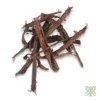
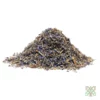
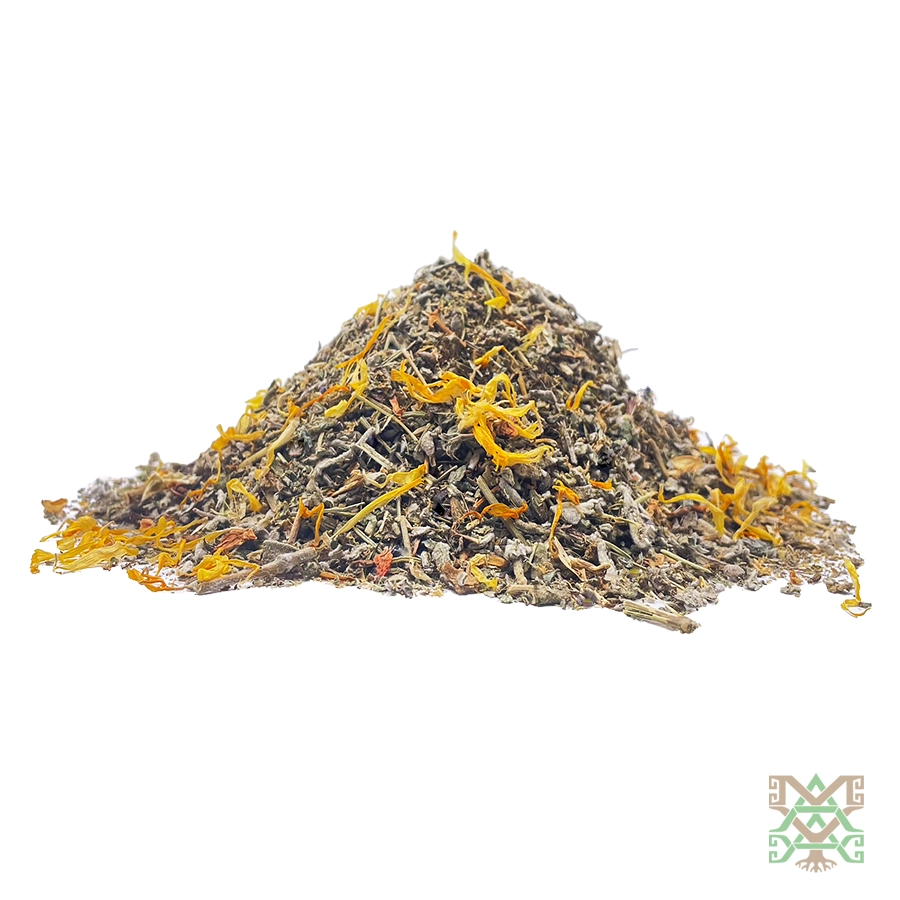
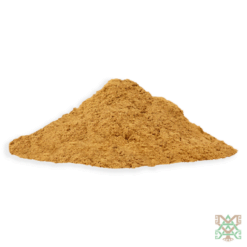
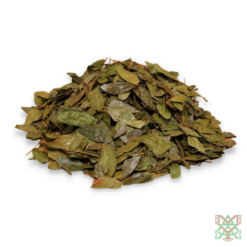

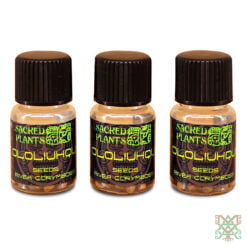
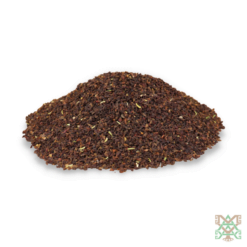
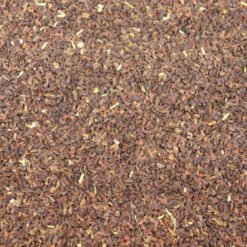

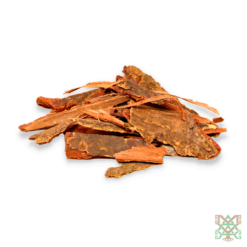




Reviews
There are no reviews yet.